Today, powder metallurgy has made significant progress and has come close to the hardness of the world's toughest material, diamond.
Gunpowder may seem like an unlikely candidate, but it's surprising to learn that it's one of the hardest materials in the world.
We can unlock the mystery of carbide blade production, from the initial powder to the final blade.
Dust
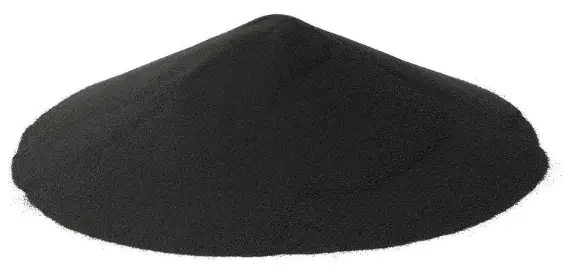
Tungsten oxide is mixed with carbon and processed in a special furnace to produce tungsten carbide, which serves as the primary raw material for all carbide.
Tungsten carbide is an exceptionally hard and brittle material that constitutes the main component of carbide.
Cobalt is a critical element for carbide properties when combined with cemented carbide.
The greater the amount of cobalt, the better the toughness of the carbide. On the other hand, less cobalt makes it harder and more resistant to wear.
The weight ratio of the different components is meticulously measured with the highest precision.
A batch of raw material weighing 420 kg must have a margin of error of no more than 20 grams.
Mixing is a precise metallurgical operation.
Finally, the mixture is ground into a fine, delicate powder in a large ball mill.
The powder mixture must be subjected to spray drying to achieve adequate fluidity.
After grinding, the particle size of the powder reaches 0.5-2.0 micrometers.
Pressing
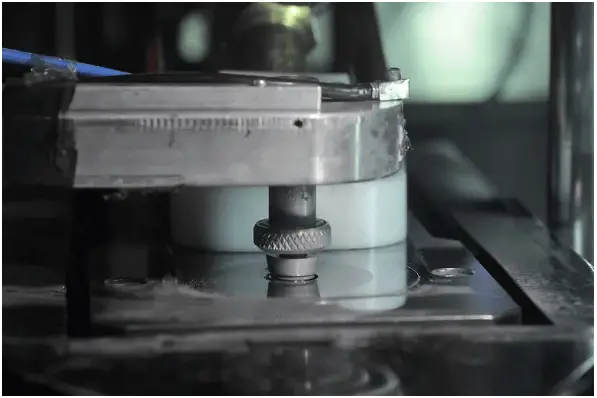
To begin with, the basic shape and size of the blade is obtained through punching with a die and a highly automatic CNC-controlled press.
Although the blade may appear similar to a real carbide blade after pressing, its hardness is still far from the required standard.
Afterwards, a robot transfers the pressed blade to a disc made of heat-resistant material.
Sintering
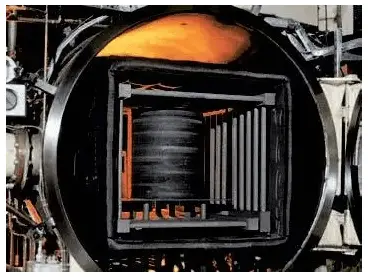
To harden the blade, it undergoes heat treatment at 1500°C for 15 hours.
During the sintering process, cobalt and tungsten carbide particles are fused and bonded together. There are two crucial steps involved in the sintering furnace process. First, the blade undergoes obvious shrinkage, and only accurate shrinkage can ensure that the correct tolerance is obtained. Secondly, the powder mixture transforms into a new material with metallic properties, known as carbide.
Although the blade has reached the expected hardness, it still needs further processing before it can be delivered. Before proceeding with the next production step, we carefully check the blade size using a coordinate measuring machine.
Grinding
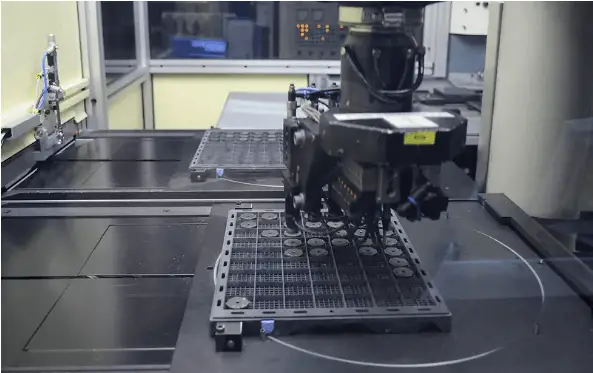
Only diamond grinding can ensure that carbide inserts are precisely shaped.
The blade is ground according to its geometric angle.
Most grinders come with built-in measurement controls to check and measure the blades at various stages.
Edge treatment
To achieve the maximum wear resistance required for machining, the cutting edge is treated to obtain the correct shape.
These blades can be brushed with a special brush with a silicon carbide coating.
Regardless of the processing method used, it is essential to check the final result.
Approximately 90% to 95% of all blades have some type of coating.
It is essential to ensure that there are no foreign particles on the surface of the blade to prevent them from adhering to the coating and affecting the performance of the tool.
Coating
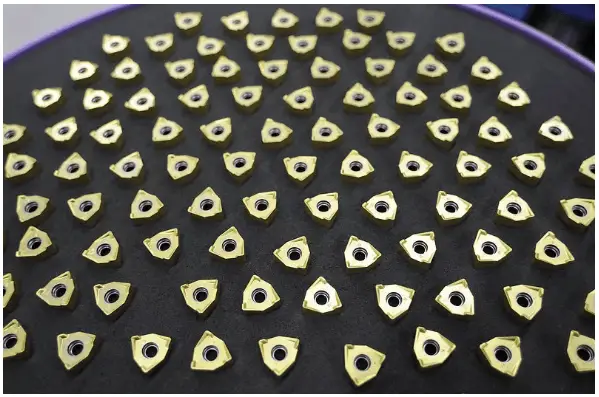
There are two types of coating methods for slides: Chemical Vapor Deposition (CVD) and Physical Vapor Deposition (PVD). Selection of the appropriate coating method depends on the blade material and processing.
The thickness of the coating is determined by the application of the blade, and the quality of the coating is essential to the durability and life of the blade.
The technical know-how is to apply various thin coatings, such as titanium carbide, aluminum oxide and titanium nitride, to the surface of the carbide. These coatings can significantly increase the life and durability of the blade.
If the CVD method is used, the slide is placed in an oven and exposed to a mixture of chloride and oxide gases, along with methane and hydrogen. When the temperature reaches 1000°C, these gases react with each other and deposit a homogeneous coating just a few thousandths of a millimeter thick on the surface of the carbide blade.
Some coated blades have a gold surface and are more valuable. Its durability is five times greater than that of uncoated blades.
PVD is a method used to spray the blade at 400°C.
Final inspection, marking and packaging
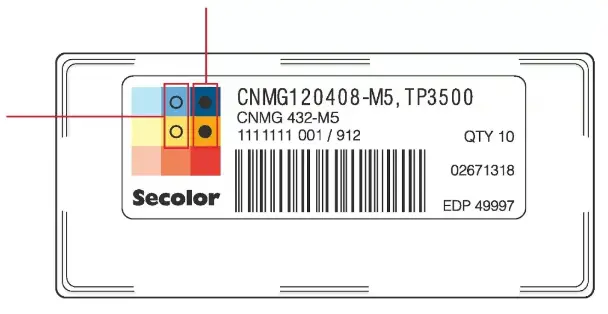
After the blade passes automatic inspection, we will mark the material on the blade with a laser and then pack it.
Additionally, the blade box will be labeled with product information, a serial number, and the date. This serves as a promise to our users that they can expect excellent quality and service.
Storage
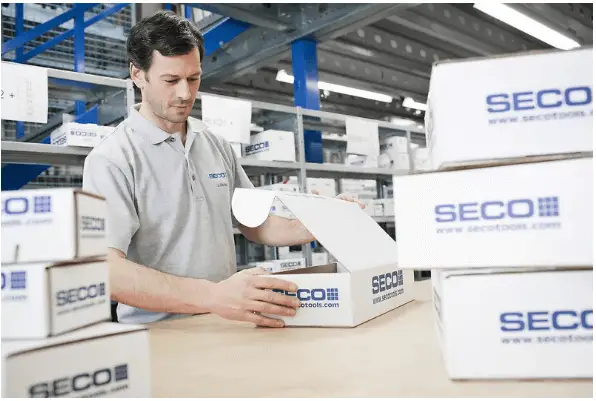
After packaging, the blades can be delivered to customers.

























































